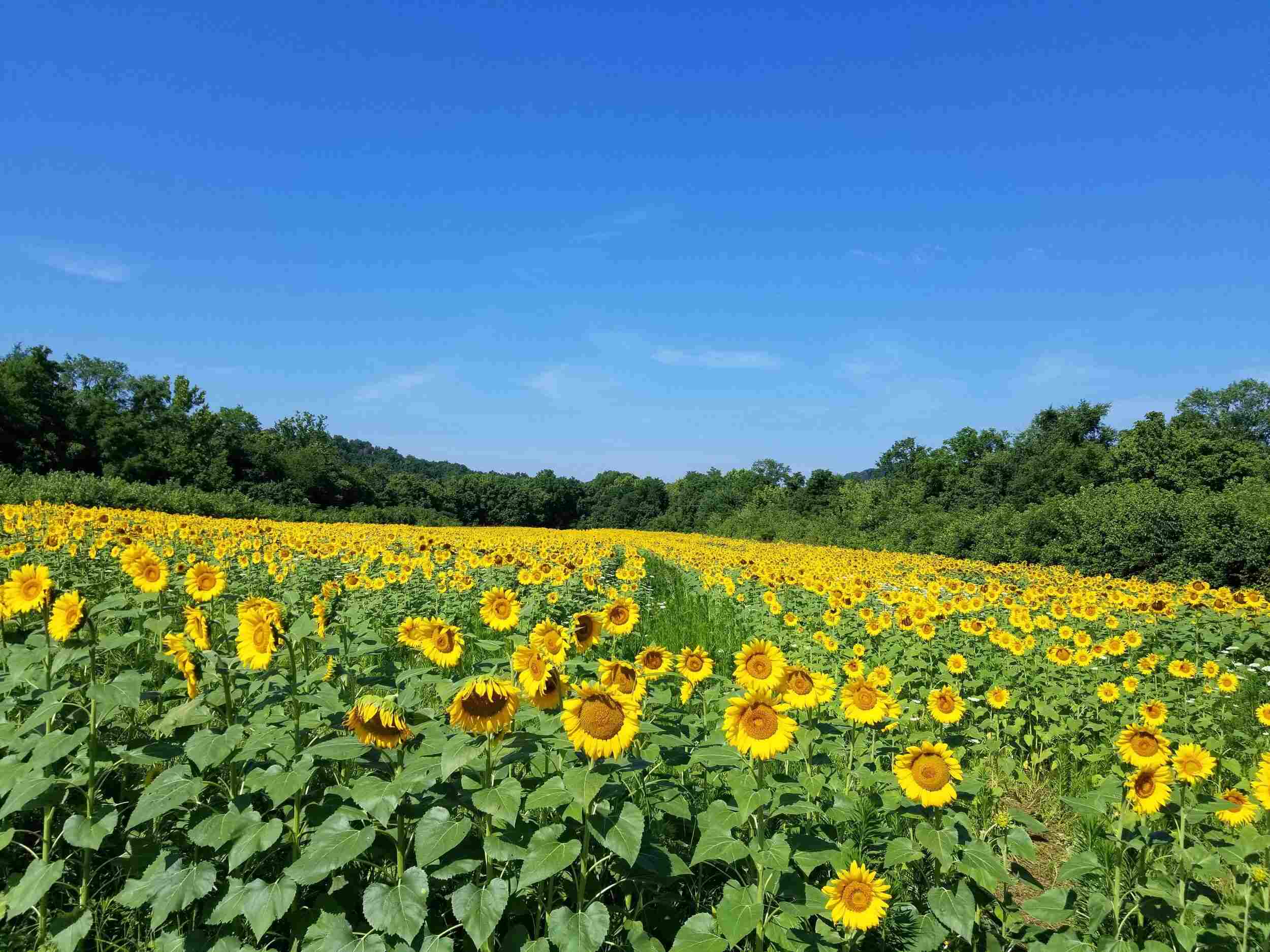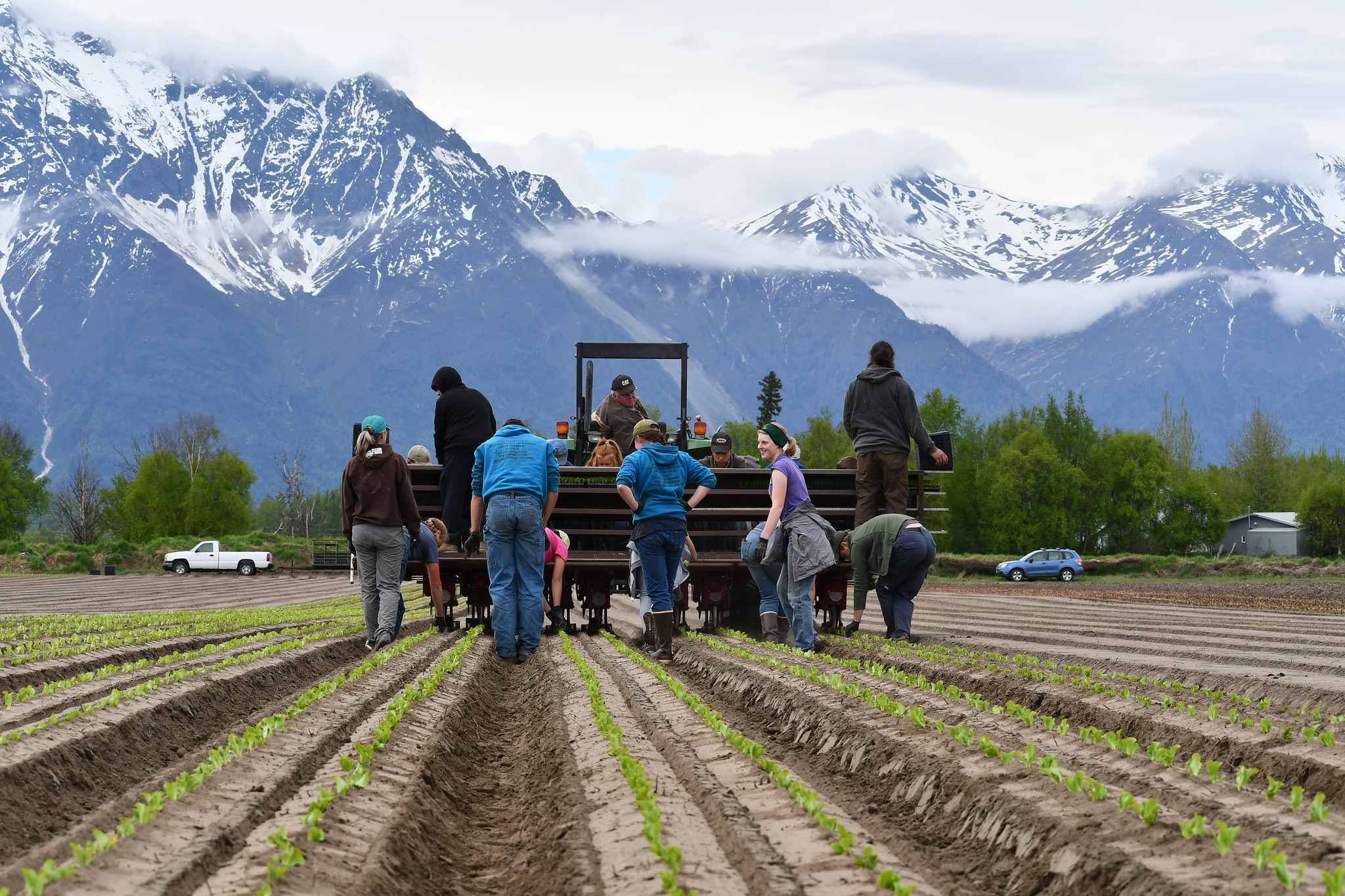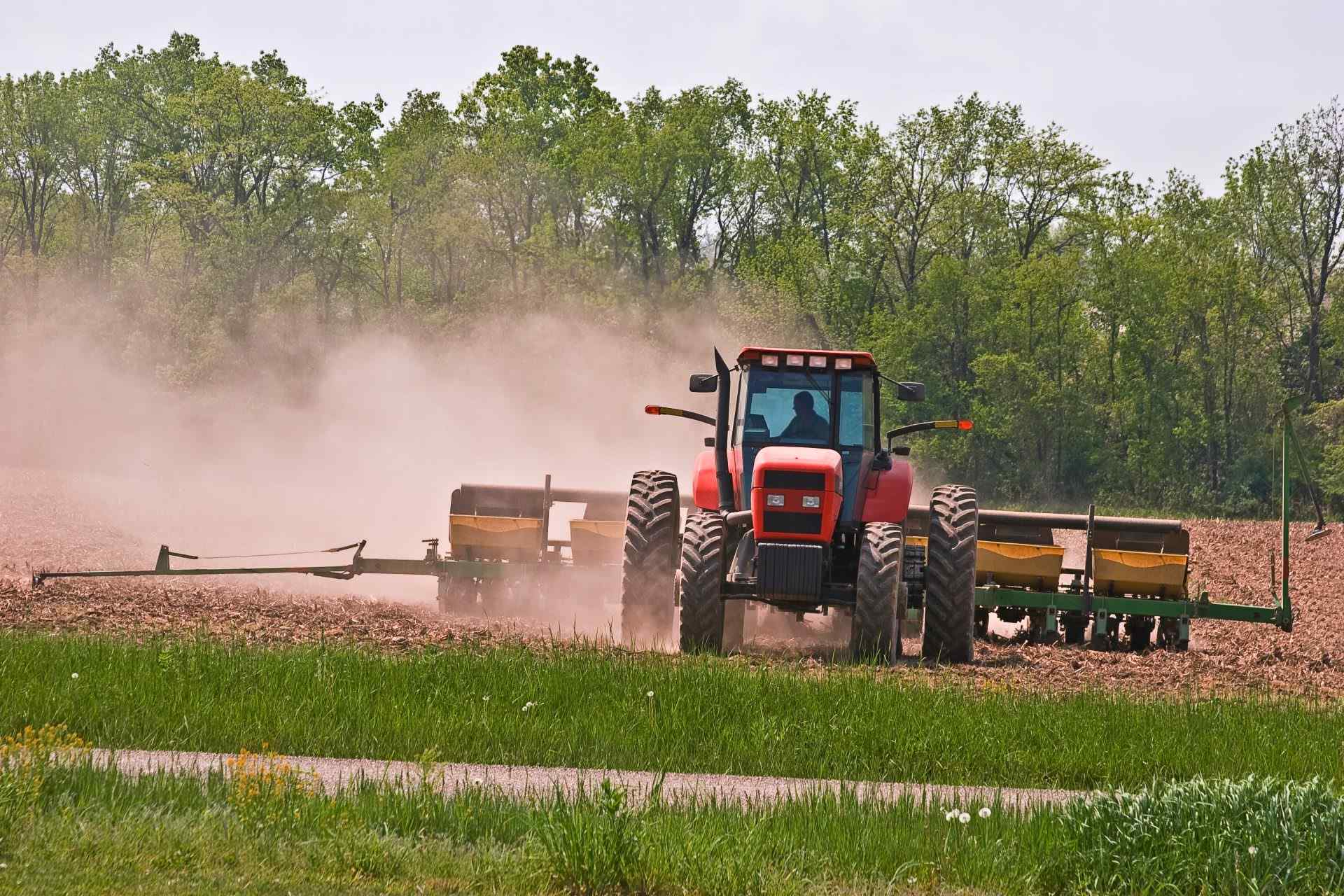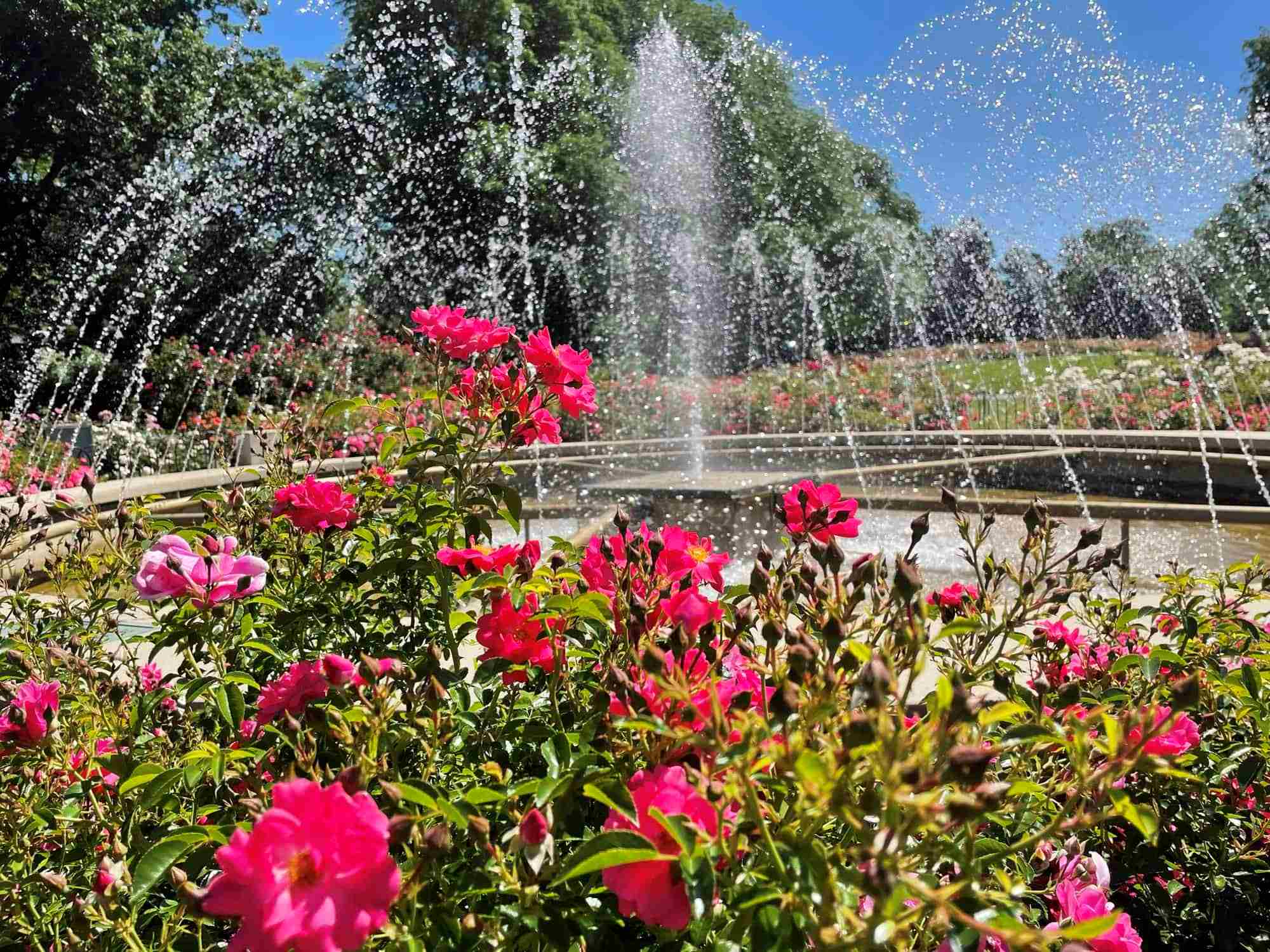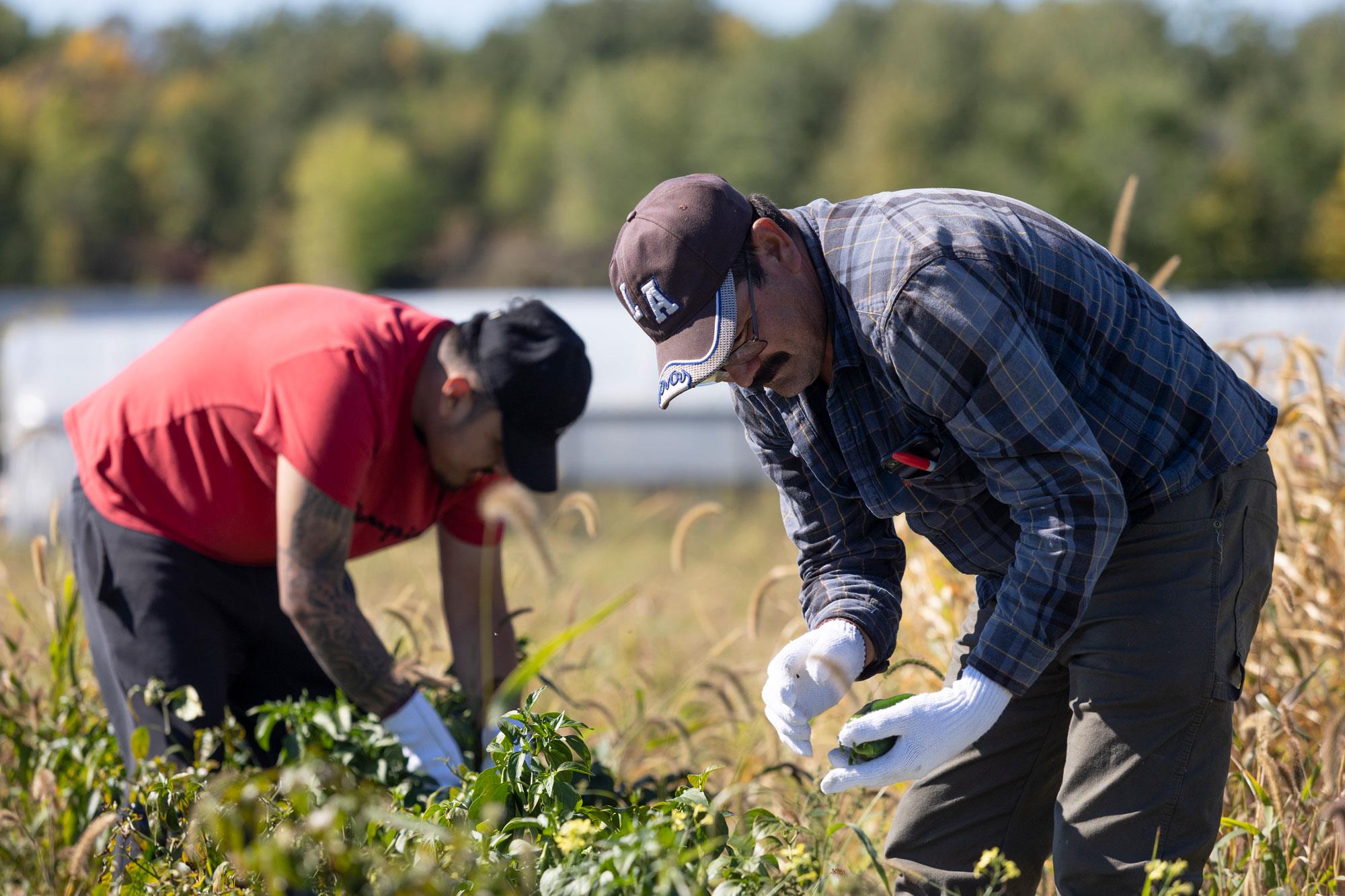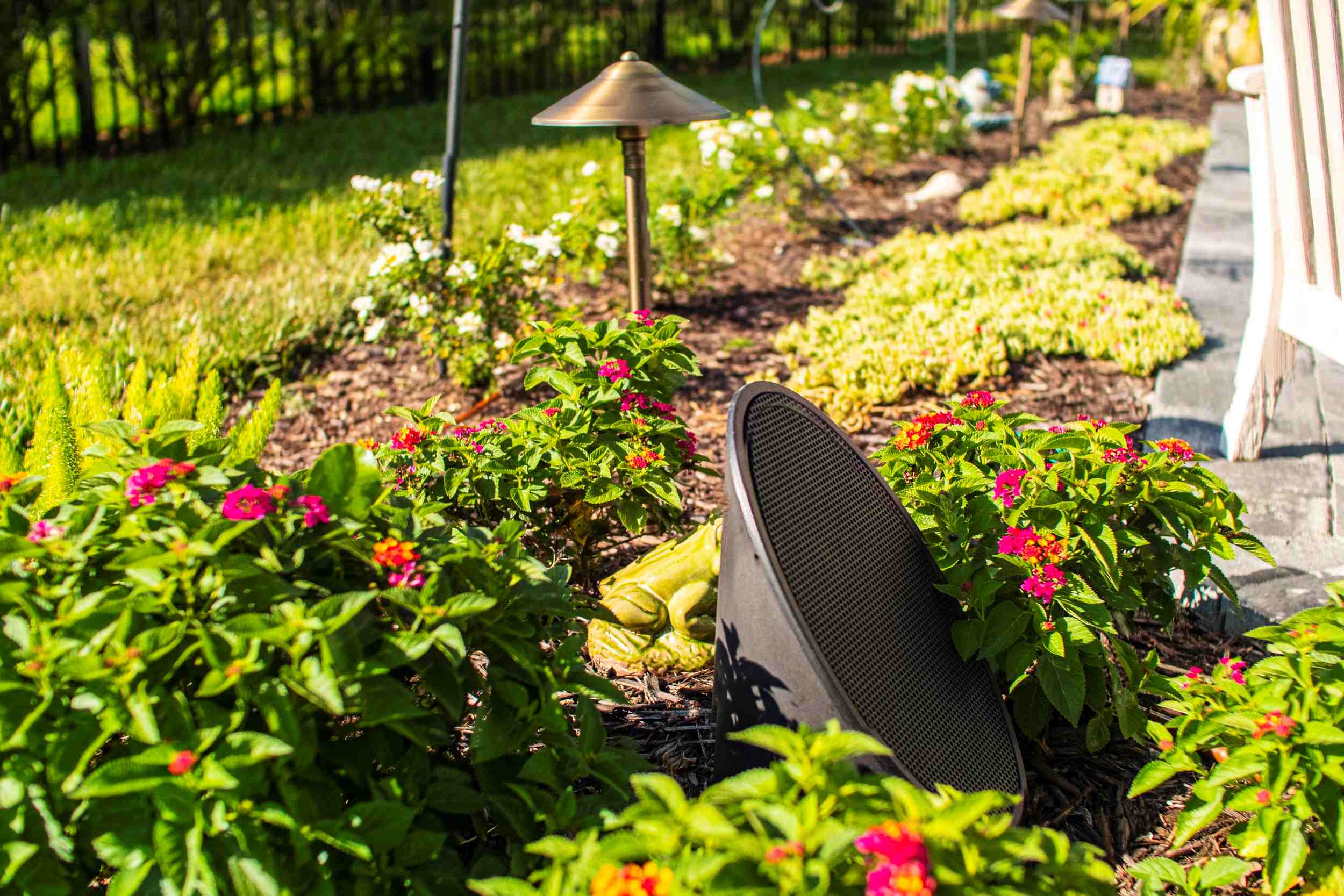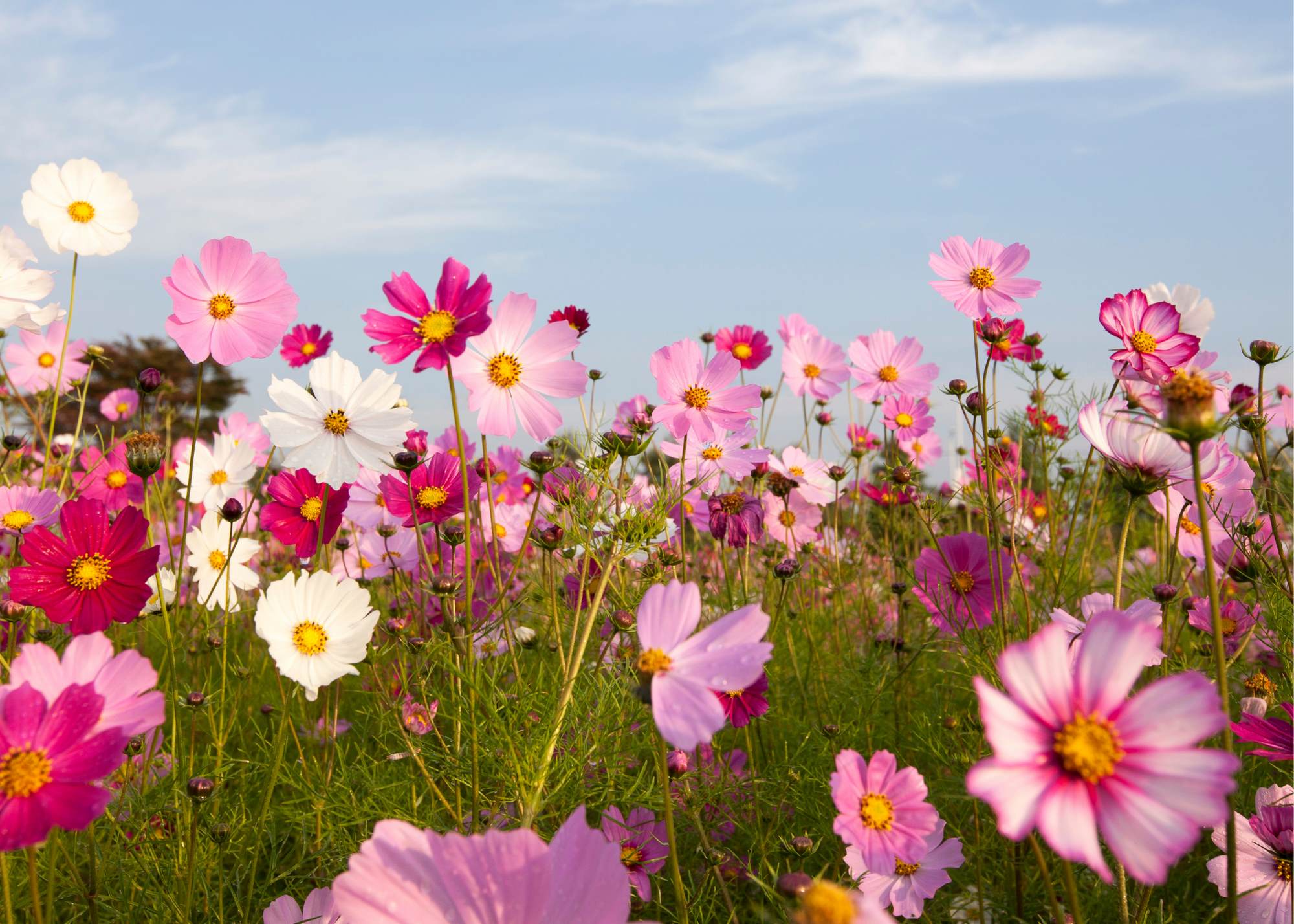Home>Gardening Basics>Understanding Soil>What Zone Is Wichita Kansas For Planting
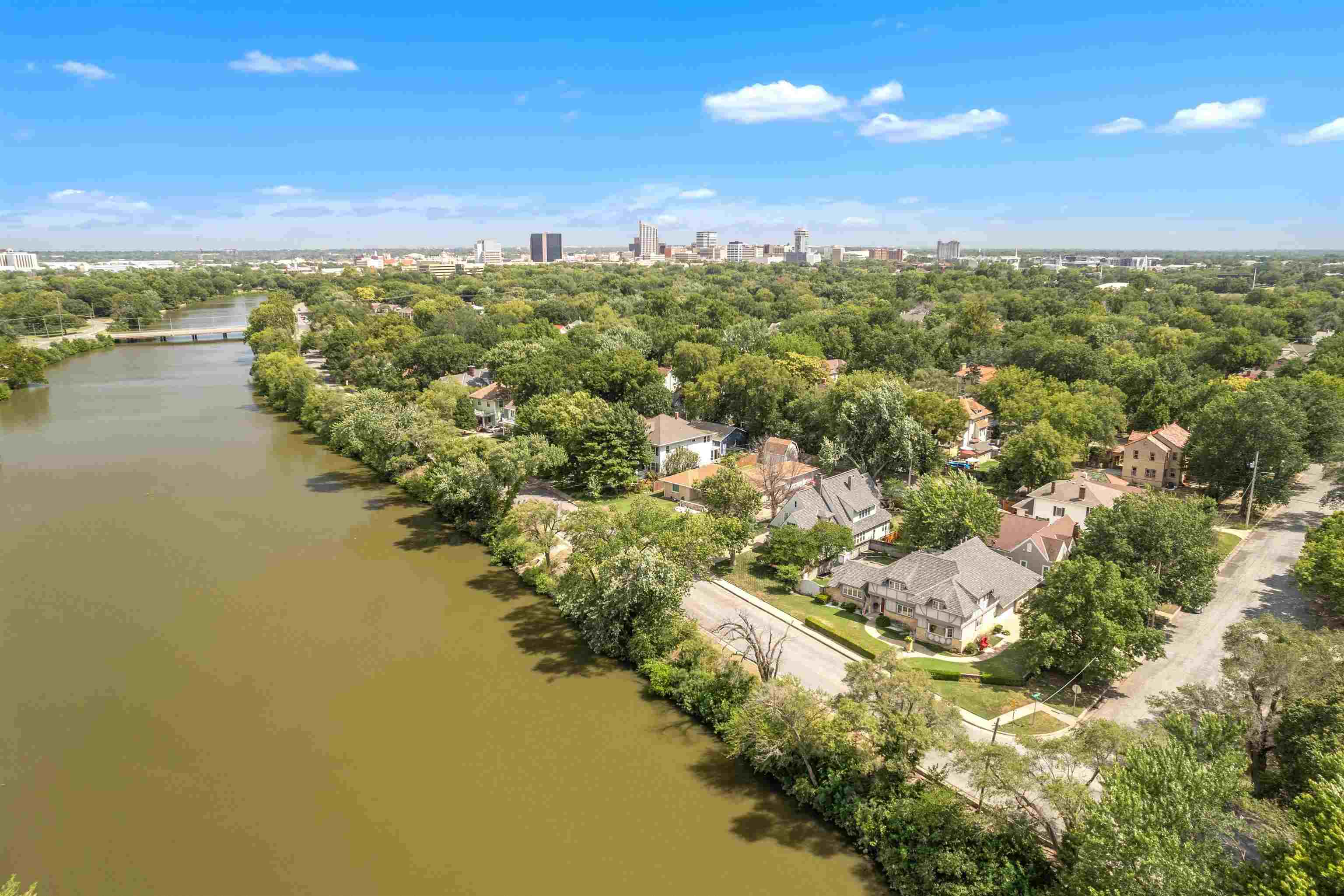

Understanding Soil
What Zone Is Wichita Kansas For Planting
Modified: January 22, 2024
Get to know the best soil for planting in Wichita, Kansas with our comprehensive guide on understanding soil. Discover how to achieve optimal growth and yield for your plants.
(Many of the links in this article redirect to a specific reviewed product. Your purchase of these products through affiliate links helps to generate commission for Chicagolandgardening.com, at no extra cost. Learn more)
Table of Contents
Introduction
Welcome to the fascinating world of planting zones, specifically in the vibrant city of Wichita, Kansas. When it comes to gardening, understanding the unique characteristics of your geographic location is paramount to achieving successful and thriving plant growth. In this article, we will delve into the concept of planting zones and explore how they apply to Wichita, Kansas.
Planting zones, also known as hardiness zones, are determined by the United States Department of Agriculture (USDA) to help gardeners identify the suitable plants for their region. These zones are based on the average minimum winter temperatures, providing valuable information regarding the climate conditions in a particular area. By knowing the planting zone, you can select plants that are best suited for your local climate, ensuring their survival and optimal growth.
The importance of understanding planting zones cannot be overstated. Planting appropriate species in the right zone increases the chances of their long-term survival and minimizes the risk of damage from extreme temperatures. It also helps you make informed decisions about plant selection, soil preparation, and other necessary maintenance tasks. By acknowledging and respecting the planting zone guidelines, you can create a harmonious and thriving garden that brings beauty and joy to your surroundings.
Now, let’s explore the planting zone specific to Wichita, Kansas. Understanding the unique factors that influence this region’s planting zone will empower you to choose the most compatible plants and achieve gardening success.
Understanding Planting Zones
Before diving into the specifics of planting zones in Wichita, Kansas, it is crucial to grasp the fundamental concepts behind these zones. Planting zones are determined by the USDA and are based on average minimum winter temperatures.
The USDA divides the United States into 13 different planting zones, from Zone 1, the coldest zone, to Zone 13, the warmest zone. Each zone represents a 10-degree Fahrenheit difference in average winter temperatures. This information is vital for gardeners because it helps them select plants that can withstand the specific climatic conditions of their area.
Aside from minimum winter temperatures, other factors such as elevation, proximity to bodies of water, and prevailing winds can also influence a region’s microclimate and affect its planting zone. These factors can create localized variations within larger zones, making it essential to consider the specific environmental conditions of your area.
Planting zones provide valuable guidance for both outdoor and indoor gardening. They allow you to focus on plants that are most likely to thrive in your climate, saving you time, effort, and money. By aligning your plant selection with your specific planting zone, you can increase the chances of a successful and beautiful garden.
In addition to the USDA Plant Hardiness Zone Map, there are other alternative zone systems used in different regions or countries. For instance, the Royal Horticultural Society (RHS) in the United Kingdom utilizes a system called the RHS Hardiness Rating, which provides information on the minimum temperatures that plants can tolerate. It is important to note that these alternative zone systems may vary in their criteria and classifications.
Now that we have a solid understanding of planting zones, let’s delve into the significance of determining the planting zone for Wichita, Kansas.
The Importance of Planting Zones
Planting zones play a critical role in the success of your garden, as they provide essential information about the climate conditions in your area. Understanding the importance of planting zones can help you make informed decisions when selecting, planting, and caring for your plants.
One of the primary benefits of planting zones is that they help you choose plants that are well-suited to your local climate. Different plants have different temperature requirements, and planting outside of their ideal range can lead to poor growth, susceptibility to diseases, and even death. By selecting plants that thrive in your specific planting zone, you can ensure that they are capable of withstanding the average minimum winter temperatures.
Planting within the appropriate zone also reduces the chances of damage from extreme temperatures. If you plant a species that is not adapted to your zone, it may struggle during heatwaves or severe cold spells. By understanding your planting zone and selecting plants accordingly, you can mitigate the risk of damage and promote healthier growth.
Another advantage of planting zones is that they help you plan for different seasons. By knowing the specific hardiness zone for your area, you can determine the appropriate timing for planting and harvesting. This knowledge helps you avoid the frustration and disappointment of starting too early or too late, ensuring that your plants have optimal conditions for growth.
Planting zones also guide you in preparing your soil and providing the necessary care for your plants. Different zones may have different soil types, pH levels, and moisture requirements. By understanding the specific needs of your planting zone, you can provide the optimal environment for your plants to thrive, leading to healthier and more productive gardens.
It’s important to note that while planting zones offer valuable guidance, they are not the only factor to consider. Localized conditions such as microclimates, elevation, and proximity to bodies of water can influence the gardening conditions of specific areas. Therefore, it’s always beneficial to observe and learn from experienced gardeners in your local community.
Now that we understand the importance of planting zones, let’s explore how to determine the planting zone for Wichita, Kansas.
Determining the Planting Zone for Wichita, Kansas
Now that we’re ready to explore the planting zone specific to Wichita, Kansas, it’s crucial to understand how to determine this information accurately. The United States Department of Agriculture (USDA) provides a comprehensive and user-friendly map known as the USDA Plant Hardiness Zone Map, which can help you identify the precise planting zone for your area.
The USDA Plant Hardiness Zone Map divides the United States into different zones based on average minimum winter temperatures. To determine the planting zone for Wichita, you will need to locate the city on the map and note the corresponding zone.
Wichita, Kansas, falls into USDA Hardiness Zone 6a. This means that the average minimum temperature in the area can range from -10 to -5 degrees Fahrenheit (-23 to -20 degrees Celsius) during the coldest winter months.
It’s worth noting that planting zones are not fixed and can change over time due to factors such as climate variations and urbanization. Therefore, it’s important to keep up to date with any updates or changes to the USDA Plant Hardiness Zone Map.
Knowing the specific planting zone for Wichita, Kansas, provides valuable insight into the types of plants that are best suited for the region. With this information, you can choose plant species that can withstand the winter temperatures, ensuring their long-term survival and successful growth in your garden.
Next, let’s explore the factors that influence Wichita, Kansas’ planting zone, and how they impact gardening in the area.
Factors Influencing Wichita Kansas Planting Zone
While the USDA Plant Hardiness Zone Map provides a general guideline for planting zones, it’s important to recognize that specific factors can influence the microclimate and gardening conditions in a particular area like Wichita, Kansas. Understanding these factors will help you further customize your plant selection and gardening practices to ensure optimal results.
1. Elevation: Wichita, part of the Great Plains region, has an average elevation of around 1,300 feet (400 meters) above sea level. Higher elevations typically experience lower temperatures and shorter growing seasons compared to lower elevations. If you live in the higher elevations of Wichita, you may need to take extra precautions to protect your plants from colder temperatures.
2. Proximity to Bodies of Water: Wichita is situated near the Arkansas River, which can influence the local climate. Bodies of water have the ability to moderate temperatures, keeping them slightly warmer in the winter and cooler in the summer. If you live closer to the river or any other bodies of water, you may experience slightly milder temperatures compared to areas farther away.
3. Prevailing Winds: The Great Plains region is known for its strong and persistent winds. Prevailing winds can affect the microclimate, causing temperature fluctuations and drying out the soil and plants. It’s important to consider windbreaks and plant wind-resistant species to protect your garden from the harsh effects of strong winds in Wichita.
4. Urban Heat Island Effect: Urban areas, including parts of Wichita, often experience what is known as the urban heat island effect. This phenomenon occurs due to the concentration of buildings, asphalt, and concrete, which absorb and retain heat, leading to higher temperatures compared to surrounding rural areas. Urban heat islands can impact the local microclimate, potentially elevating temperatures and affecting plant growth.
5. Soil Composition: Soil composition is another important factor that influences the planting zone in Wichita. The region has primarily clay-based soil, which can affect drainage, moisture retention, and nutrient availability. Understanding the characteristics of your soil will help you make informed decisions regarding soil amendments and plant selection.
By considering these factors, along with the USDA planting zone information, you can fine-tune your gardening practices to accommodate the unique conditions in Wichita, Kansas. Next, we’ll explore some recommended plant options that are well-suited to the planting zone in this region.
Recommended Plants for Wichita, Kansas
Choosing the right plants is crucial for a thriving garden in Wichita, Kansas. By selecting species that are well-suited to the local climate and growing conditions, you can ensure the long-term success and beauty of your garden. Here are some recommended plants that thrive in the planting zone of Wichita, Kansas:
1. Perennial Flowers: Purple Coneflower (Echinacea), Black-eyed Susan (Rudbeckia), Daylilies (Hemerocallis), and Russian Sage (Perovskia) are popular perennial flowers that are well-adapted to the climate in Wichita. These plants are known for their vibrant colors, resilience, and ability to attract pollinators.
2. Shrubs: Wichita’s planting zone is ideal for several shrub varieties, including Butterfly Bush (Buddleja), Ninebark (Physocarpus), Juniper (Juniperus), and Spirea (Spiraea). These shrubs offer attractive foliage, beautiful blooms, and provide habitat and shelter for wildlife.
3. Native Plants: Embracing native plants is a great way to ensure their adaptability to Wichita’s climate. Some native plants suitable for Wichita include Purple Prairie Clover (Dalea purpurea), Leadplant (Amorpha canescens), Indian Grass (Sorghastrum nutans), and Aromatic Aster (Symphyotrichum oblongifolium).
4. Vegetables and Herbs: For those interested in growing their own food, several vegetables and herbs thrive in Wichita’s planting zone. Some recommended options include tomatoes, peppers, beans, lettuce, basil, thyme, and mint. Be sure to check the specific growing requirements for each variety to ensure success.
5. Trees: There are many tree options that can flourish in Wichita’s climate. Consider planting species such as Red Maple (Acer rubrum), Bur Oak (Quercus macrocarpa), Eastern Redbud (Cercis canadensis), and Hackberry (Celtis occidentalis) to add shade, beauty, and habitat to your garden.
When selecting plants for your garden, it’s essential to assess factors such as sunlight exposure, soil conditions, and watering needs. Additionally, be mindful of any specific planting recommendations or restrictions that may apply to your neighborhood or property.
With these recommended plants, you can create a diverse and thriving garden in Wichita, Kansas, while embracing the unique characteristics of the region’s planting zone.
Next, let’s explore some tips for successful planting and gardening practices in Wichita, Kansas.
Tips for Successful Planting in Wichita, Kansas
To ensure a successful and thriving garden in Wichita, Kansas, it’s important to consider the unique climate and growing conditions of the region. Here are some tips to help you make the most of your planting and gardening endeavors:
1. Know Your Planting Zone: Understanding your planting zone is crucial for selecting plants that are well-suited to Wichita’s climate. Refer to the USDA Plant Hardiness Zone Map to determine the specific zone for your area and choose plants accordingly.
2. Choose Drought-Tolerant Plants: Wichita experiences hot and dry summers, making it essential to select plants that can withstand periods of drought. Look for drought-tolerant species such as succulents, ornamental grasses, and native plants that have adapted to the local conditions.
3. Amend Clay Soil: Wichita’s soil is primarily clay-based, which can pose challenges for drainage and nutrient availability. Prior to planting, amend the soil by adding organic matter, such as compost or well-rotted manure, to improve its structure and drainage capabilities.
4. Provide Adequate Irrigation: Although Wichita can experience dry spells, it’s important to ensure that your plants receive sufficient water. Proper irrigation is crucial, especially during establishment and periods of extended heat. Consider using soaker hoses or drip irrigation systems to deliver water directly to the roots, reducing evaporation and water waste.
5. Implement Mulching: Mulching is beneficial for conserving moisture, regulating soil temperature, and suppressing weed growth. Apply a layer of organic mulch, such as wood chips or straw, around your plants to retain moisture and protect the roots from temperature fluctuations.
6. Protect Against Wind: Wichita experiences strong winds, which can stress and damage plants. Create windbreaks using hedges, fences, or wind-tolerant shrubs to shield your garden from the harshest winds. Alternatively, consider planting wind-resistant species that can withstand the gusts.
7. Practice Regular Maintenance: Regular maintenance is essential for a healthy garden. Prune and remove dead or damaged branches, monitor for pests and diseases, and provide proper fertilization according to the specific needs of your plants.
8. Observe Nature: Pay attention to the behavior of plants and wildlife in your area. Learn from experienced gardeners and horticulturists to gain insights into successful gardening practices specific to Wichita’s climate. Sharing knowledge and experiences within the local gardening community can help you make informed decisions for your own garden.
By following these tips, you can increase your chances of success in gardening and create a beautiful and thriving landscape in Wichita, Kansas.
Now that you have a wealth of information on planting zones, recommended plants, and essential tips, it’s time to put your knowledge into action and embrace the joy of gardening in Wichita, Kansas.
Conclusion
Understanding the planting zone and the unique factors that influence gardening in Wichita, Kansas, is essential for creating a successful and thriving garden. By knowing your specific USDA Plant Hardiness Zone and considering local factors such as elevation, proximity to bodies of water, prevailing winds, soil composition, and the urban heat island effect, you can make informed decisions when selecting plants and implementing appropriate gardening practices.
With the abundance of recommended plants for Wichita, including perennial flowers, shrubs, native plants, vegetables, herbs, and trees, you have a wide range of options to choose from to create a diverse and visually appealing garden. By selecting plants that are well-suited to the local climate and are adapted to the specific planting zone, you can ensure their long-term survival and success.
Following the provided tips for successful planting and gardening practices, such as amending clay soil, choosing drought-tolerant plants, providing adequate irrigation, implementing mulching, protecting against wind, and observing regular maintenance, will further enhance your gardening experience and contribute to the health and beauty of your garden in Wichita.
Remember, gardening is not just about cultivating plants but also about connecting with nature, observing changes throughout the seasons, and learning from the local gardening community. Embrace the joy and satisfaction that comes with tending to your garden and seeing it flourish.
Now armed with a deeper understanding of planting zones and the intricacies of gardening in Wichita, Kansas, it’s time to roll up your sleeves, get your hands dirty, and create a beautiful oasis that reflects the unique beauty and resilience of this region.
